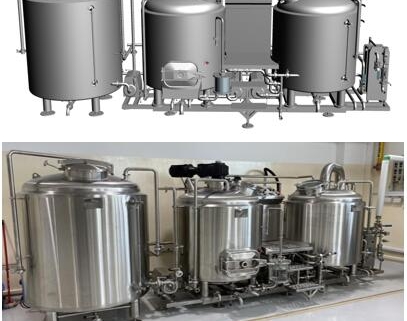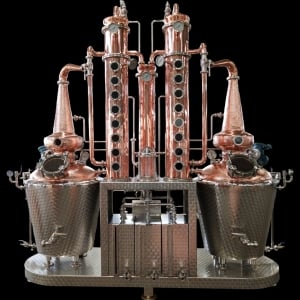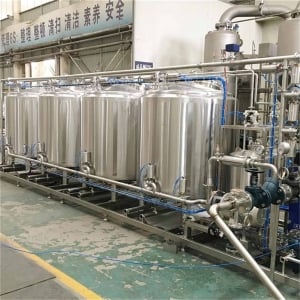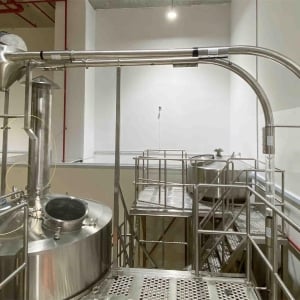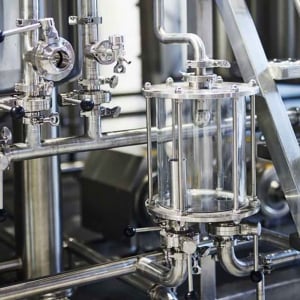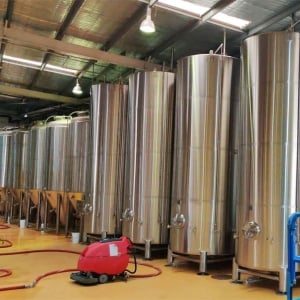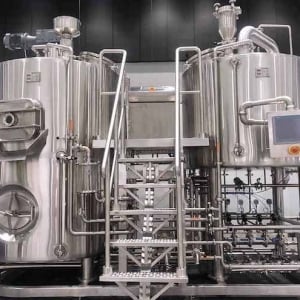5BBL Brewhouse: A Comprehensive Guide for Microbreweries
Are you planning to start a microbrewery or expand your existing setup? A 5BBL brewhouse could be the perfect fit for you. In this article, we will cover everything you need to know about a 5BBL brewhouse, from its definition, components, advantages, and disadvantages to its maintenance and operation.
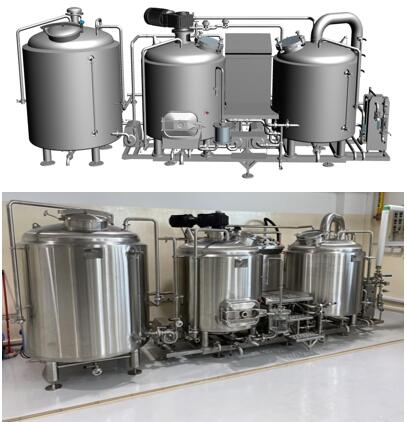
What is a 5BBL Brewhouse?
A 5BBL brewhouse is a brewing system that can produce batches of beer with a volume of 5 barrels or 155 US gallons. It is a popular choice for microbreweries that want to create small-batch craft beer for local consumption or distribution. The 5BBL brewhouse consists of several components that work together to complete the brewing process.
First, the grist is mixed with hot water in the mash tun to create a mash. This mixture is then transferred to the lauter tun, where the wort is extracted from the spent grains. The wort is then boiled with hops and other ingredients in the brew kettle, which imparts flavor, aroma, and bitterness to the beer.
The hot liquor tank stores and heats water used for brewing, such as mashing and sparging. The cold liquor tank stores and chills water used for cooling the beer. The control panel is used to monitor and adjust the temperature, flow, and timing of the brewing process.
In summary, a 5BBL brewhouse is a compact and efficient brewing system that allows microbreweries to create high-quality beer in small batches. Its various components work together to produce consistent and delicious beer every time.
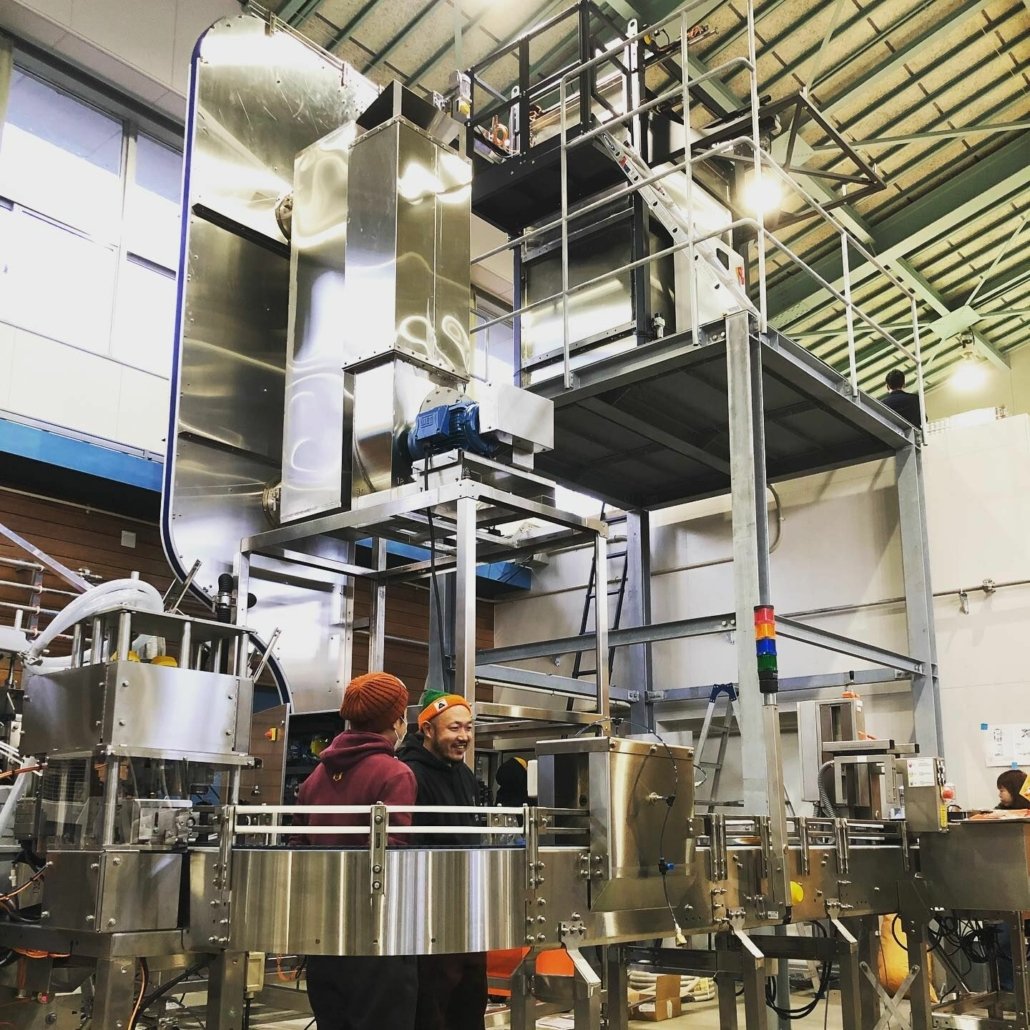
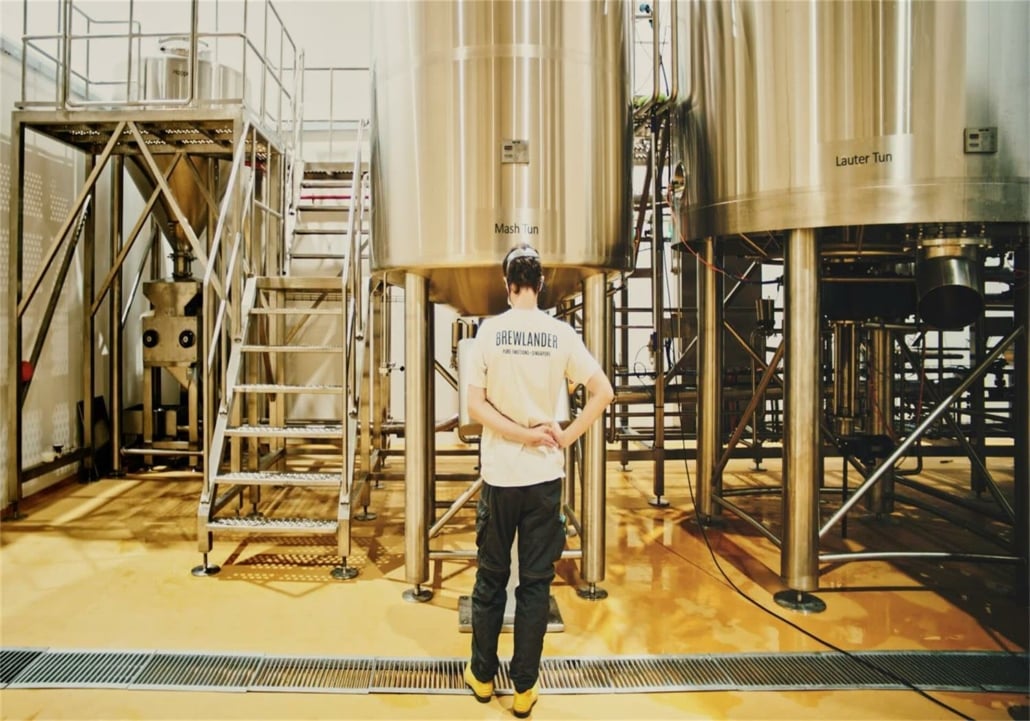
Components of a 5BBL Brewhouse
A 5BBL brewhouse typically consists of the following components:
Mash Tun
The mash tun is where the grist (crushed malted grains) is mixed with hot water to create a mash, which converts the starches into fermentable sugars. The mash tun can be insulated and equipped with a false bottom, a raking system, and a sparging arm.
Lauter Tun
The lautering process separates the wort (liquid extracted from the mash) from the spent grains. The lauter tun is where the mash is transferred after the completion of the saccharification rest, and the wort is extracted by rinsing the grains with hot water.
Brew Kettle
The brew kettle is where the wort is boiled with hops and other ingredients, which impart flavor, aroma, and bitterness to the beer. The brew kettle can be equipped with a steam jacket, a whirlpool, a tangential inlet, and a hopback.
Hot Liquor Tank
The hot liquor tank stores and heats the water that is used in the brewing process, such as for mashing, sparging, and cleaning. The hot liquor tank can be insulated and equipped with a heating element, a level gauge, and a sight glass.
Cold Liquor Tank
The cold liquor tank stores and chills the water that is used in the cooling process, such as for chilling the wort and the fermentation tanks. The cold liquor tank can be insulated and equipped with a cooling system, a level gauge, and a sight glass.
Control Panel
The control panel is the brain of the brewhouse, where the temperature, flow, and timing of the brewing process are monitored and adjusted. The control panel can be equipped with a touch screen, a programmable logic controller (PLC), and a data logger.
Advantages of a 5BBL Brewhouse
A 5BBL brewhouse offers several advantages for microbreweries, such as:
Flexibility
A 5BBL brewhouse allows microbreweries to experiment with different recipes and styles, as well as to adjust their production volume according to demand and seasonality.
Efficiency
A 5BBL brewhouse requires less space, energy, and raw materials than a larger system, while still achieving a high level of quality and consistency.
Affordability
A 5BBL brewhouse has a lower upfront cost and a faster return on investment than a larger system, which is especially beneficial for startups or small businesses.
Disadvantages of a 5BBL Brewhouse
A 5BBL brewhouse also has some disadvantages that microbreweries should be aware of, such as:
Capacity
A 5BBL brewhouse has a limited capacity, which may not be sufficient for microbreweries that aim to scale up or distribute their beer beyond their local market.
Labor
A 5BBL brewhouse requires a certain level of manual labor and attention to detail, such as handling and cleaning the equipment, monitoring the process, and adjusting the parameters.
Time
A 5BBL brewhouse may take longer to complete a batch than a larger system, which may affect the production schedule and the delivery timeline.
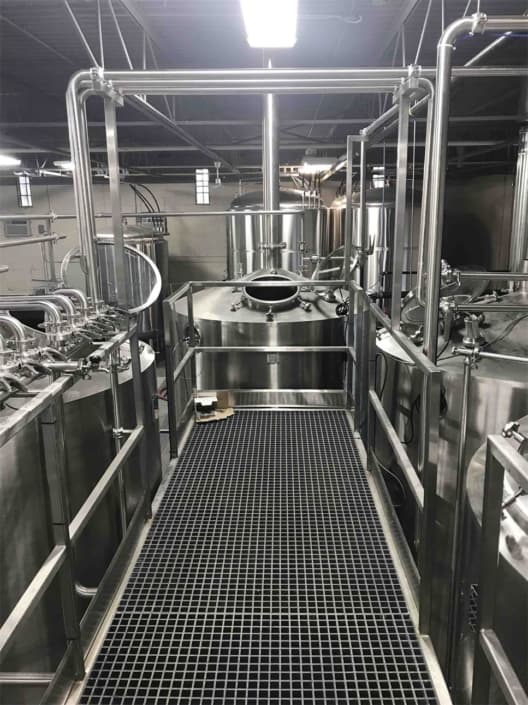
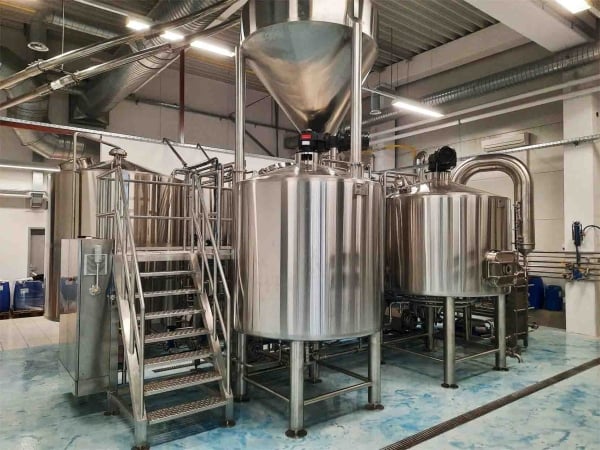
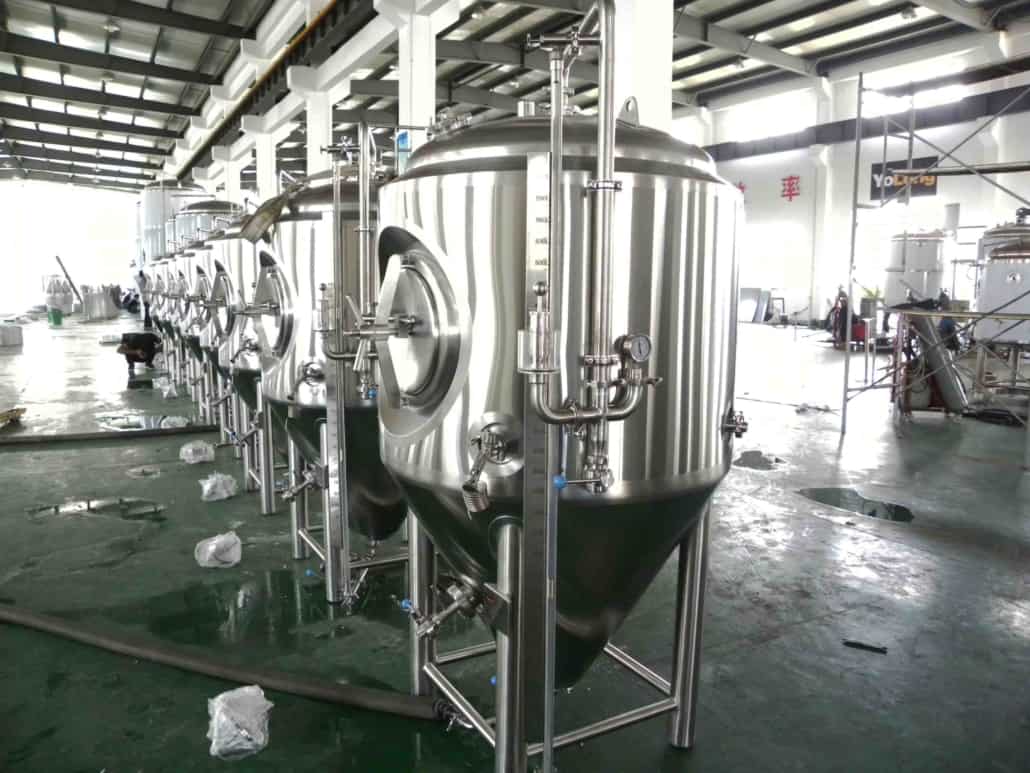
Maintenance of a 5BBL Brewhouse
To ensure optimal performance and longevity of your 5BBL brewhouse, it’s essential to regularly maintain and clean the equipment. This includes cleaning the mash tun, lauter tun, brew kettle, hot liquor tank, cold liquor tank, and control panel with a suitable cleaning solution and warm water. Rinse the equipment thoroughly after cleaning.
Next, sanitize the equipment with a food-grade sanitizer, such as iodophor or acid anionic, and let it sit for the recommended time before rinsing it off. Inspect the equipment for any wear and tear, leaks, or damage, and repair or replace the parts as needed. Be sure to lubricate the moving parts, such as the rakes, the agitators, and the valves, with a food-grade lubricant, such as silicone or mineral oil.
By performing these maintenance tasks regularly, you’ll keep your 5BBL brewhouse in optimal condition and prevent potential issues from arising. Always refer to the manufacturer’s guidelines and instructions for specific maintenance requirements and schedules. Remember, proper maintenance is essential for producing high-quality beer consistently.
In summary, the key maintenance tasks for a 5BBL brewhouse include cleaning, sanitizing, inspecting, and lubricating. By following these steps regularly, you can ensure the longevity and optimal performance of your brewhouse, and produce high-quality beer consistently.
Operation of a 5BBL Brewhouse
To operate a 5BBL brewhouse efficiently and safely, it is crucial to follow the proper procedures and guidelines. The following steps provide an overview of the operation process.
Firstly, preheat the mash tun and the hot liquor tank with hot water, and circulate it through the system to ensure even heat distribution. Then, mix the grist with hot water in the mash tun, and stir it to create a homogeneous mash. Be sure to monitor the temperature and adjust it if necessary.
Next, transfer the mash to the lauter tun, and rinse it with hot water to extract the wort. Monitor the flow rate and the gravity, and adjust the sparge water as needed. Transfer the wort to the brew kettle, and bring it to a boil. Add the hops and other ingredients at the specified time, and monitor the gravity and the pH.
After boiling, transfer the hot wort to the heat exchanger or the whirlpool, and cool it to the desired temperature. Transfer the cooled wort to the fermentation tanks. Pitch the yeast into the fermentation tanks, and monitor the temperature, gravity, and pressure. Allow the beer to ferment for the specified time and condition it if necessary.
In conclusion, proper operation of a 5BBL brewhouse involves preheating, mashing, lautering, boiling, cooling, and fermenting. Following these procedures can ensure consistent and high-quality beer production.
Conclusion
A 5BBL brewhouse is a popular choice for microbreweries that value flexibility, efficiency, and affordability. By understanding its components, advantages, disadvantages, maintenance, and operation, microbreweries can make an informed decision and optimize their brewing process. Cheers to brewing great beer!
Thank you for reading this blog about 5BBL brewhouse. If you’re looking for a high-quality, durable, and easy-to-use 5BBL brewhouse, we recommend the brewing equipment brand Yolong Brewtech. Yolong brewing equipment has a good reputation in the market, and their products’ quality and reliability have stood the test of time. To learn more, visit our product page and browse our brewing system products.

